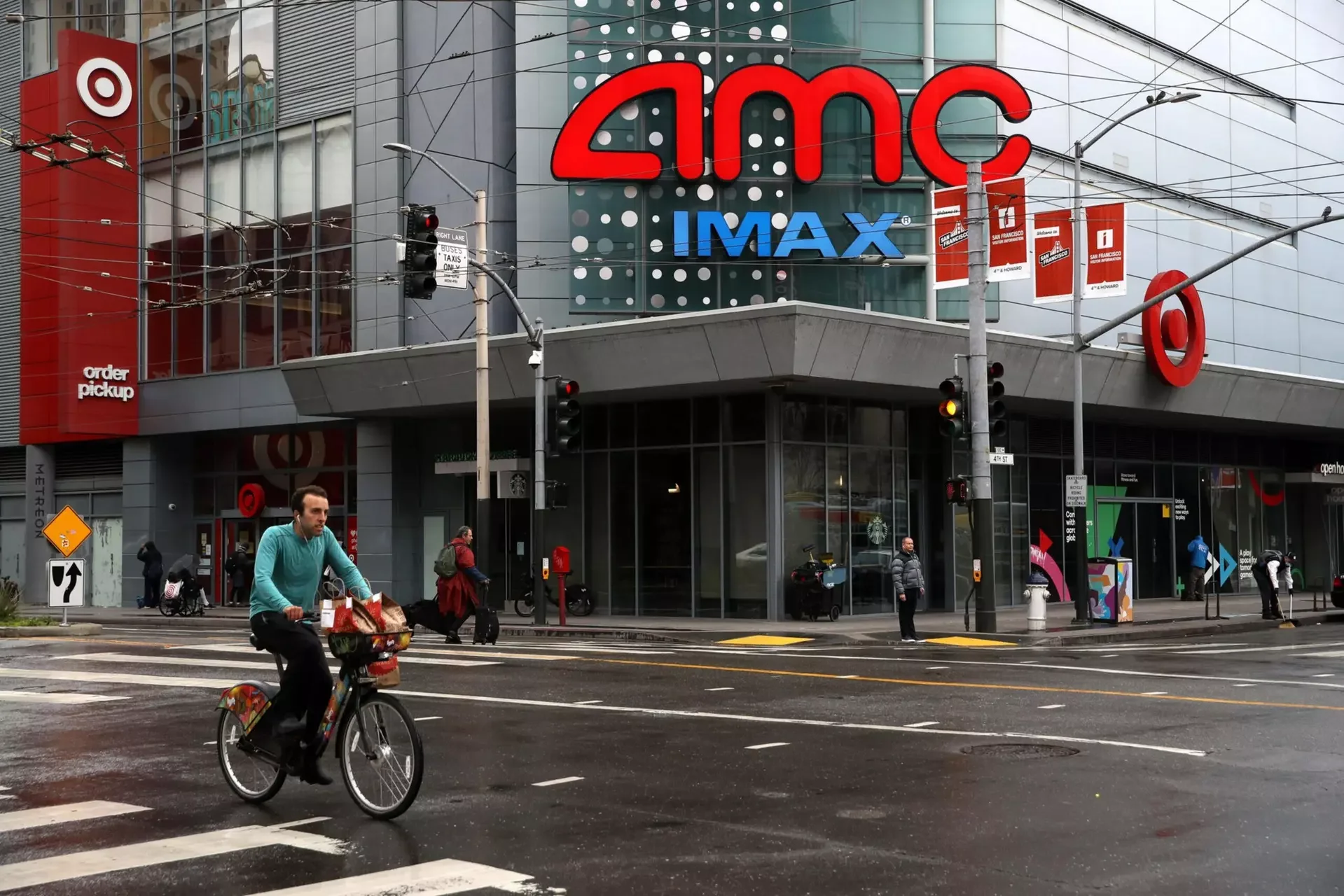The Mall That Could Have Been: What Happened to Our Vision for SF Centre
A year ago, at our 2024 Hiraya event, we shared a bold vision with our community: to transform the struggling SF Centre (formerly Westfield Mall) into a vibrant cultural and economic hub for Filipino businesses. We believed this was a once-in-a-generation opportunity to reclaim space in the heart of San Francisco for our community. This blog post outlines what happened, what we learned, and how we continue to move forward.
Gina Rosales of Make It Mariko & Desi Danganan, Kultivate Labs host the “HIRAYA” Gala Fundraiser Event, August 2025 (Photo Credit: Mark Enriquez)
What we did + what we offered
At Kultivate Labs, we envisioned turning a failing mall into a thriving cultural and economic hub — one that celebrated Filipino entrepreneurship, food, and creativity.
We proposed two long‑term lease proposals for Filipino businesses (Kultura store and a barbershop) and brought them directly to the table. These were serious offers from community-based businesses prepared to activate space inside the mall.
But we didn’t stop there. We proposed a more ambitious master lease for all the restaurant spaces underneath the Dome — the mall’s most iconic space. The idea was to transform it into a curated Filipino food hall, cultural destination, and community anchor — a model blending culinary experiences, cultural events, and entrepreneurship.
Unfortunately, despite our readiness, the mall’s temporary leadership — operating under receivership — could not even process the two long-term lease proposals. That indecision collapsed the talks entirely and made the larger Dome vision impossible.
Why the mall leadership failed to act
Since Westfield and Brookfield defaulted on their $558 million loan in mid‑2023, the SF Centre has been in receivership, with a court-appointed manager overseeing operations. Instead of stabilizing the situation, it’s only gotten worse:
The foreclosure auction has been delayed at least 7 times. Most recently, it was pushed back again to September 4, 2025, with no certainty it will happen then either.
📉 Source: SF StandardMeanwhile, the mall continues to lose tenants. Nordstrom and others have exited, with vacancy rates exceeding 60%. And still, there is no real plan for recovery.
The leadership in receivership appears more concerned with the mall's paper value than any community impact. No vision. No urgency. No partnerships.
Is there something deeper going on?
We believe it’s not just mismanagement. It looks like a deliberate strategy to let the mall die.
Letting the property decay may depress its value, benefiting whoever ends up acquiring it later — often a real estate investment group looking for a deal.
There are already rumors — floated even by former Mayor Breed — of demolishing the mall for an entirely new project, including the possibility of a soccer stadium.
⚽ Source: SF StandardMore recently, ideas for converting the space into a university or educational institution have emerged. We welcome this idea — it could bring fresh energy, new foot traffic, and long-term vitality to the area. However, if this path is pursued — or if the site is razed and repurposed for housing or another large-scale redevelopment — it’s important to recognize that the process could take five or more years to complete.
That said, housing remains essential. Any future redevelopment plan must balance commercial use with affordable housing to ensure that downtown serves the full spectrum of San Franciscans.
In the meantime, why not open the doors to us? Rather than letting the space sit idle and deteriorate, let the community activate it — bring in small businesses, culture, food, and vibrancy now. We’re ready.
If these speculative plans are already being prioritized behind closed doors, it means our community’s proposals were never taken seriously — not because they lacked merit, but because decisions had already been made without transparency or input.
Meanwhile, other malls are thriving — with the exact ideas we proposed
While SF Centre crumbles, other malls in San Francisco are proving that retail + food + culture = success:
Stonestown Galleria 📍 The Standard article
What they’re doing well: Has quietly become SF’s “Second Japantown” — filled with Japanese and East Asian restaurants, shops like Daiso and Uniqlo, and entertainment experiences like bowling and arcades. A cultural retail hub that proves our Dome vision could have worked.
From left: Vallejo residents Jazelle Wenceslao, 22, Alliann Wenceslao, 12, and Makayla Wenceslao, 16, walk through Japan Center West Mall as they visit San Francisco’s Japantown to celebrate Alliann’s birthday last month. While the city’s downtown mall is struggling, the Japantown mall is having a revival that’s full of young patrons.
Lea Suzuki/S.F. Chronicle
Japantown / Japan Center 🏮 SF Chronicle article
A resilient community destination built on heritage, food, and culture. Its identity, authenticity, and mix of small businesses are what keep it successful — even when other retail districts struggle.
The Metreon 🎥 SF Standard article
In the heart of downtown — and 92% leased. It’s doing well because it mixes big anchors (Target, IMAX theater) with restaurants and cultural events. This shows downtown malls can work — when they respond to community needs.
Where we go from here
Our vision was never just about one property — it’s about building a thriving Filipino Cultural Corridor in San Francisco. That work continues.
We are working directly with the new Mayor on his 4th Street Initiative, which intersects with our corridor along Mission Street. The goal? To activate our stretch of Mission and unlock vacant SF MTA storefronts for Filipino businesses.
At the next UNDISCOVERED SF, we’ll unveil an ambitious new initiative: Executive Order, the beloved Filipino-owned bar, will reinvent itself as "Mahal" — a new concept rooted in love, culture, and community.
As part of this transformation, we’ll ask the community: “What does Mahal mean to you?” Your voices will help shape a new mural series on Jessie West Alley, in partnership with the Yerba Buena Partnership aka Community Benefit District.
All of this is part of our long-standing effort to develop Mission Street as the spine of our Cultural Corridor— an effort we’ve been fighting for over 9 years.
And yes, Republika is still in the works. While we’ve secured full funding, city delays have slowed progress. Now, thanks to Trump-era tariffs on everything, we’re having to redesign to stay within budget. But we’re not giving up — we plan to break ground by early 2026.
Looking beyond that, we know the landscape will continue to shift. We are adjusting and pivoting with the ever-changing climate and conditions we’re hit with — whether it’s policy changes, economic turbulence, or community needs. Our commitment to building a thriving Filipino Cultural Corridor remains strong, and we’ll continue evolving to make that vision a reality.
San Francisco doesn’t need another soulless mega-project. It needs culture. It needs community. It needs people who care. That’s what we bring to the table — and we’re not backing down.
As we look to the future, we know that change is constant. Our work will continue to evolve. We're prepared to pivot, adapt, and reimagine — always grounded in our commitment to equity, creativity, and cultural resilience. What comes next will reflect both the challenges of our times and the strength of our vision.
With determination,
Desi Danganan
Executive Director
Kultivate Labs














